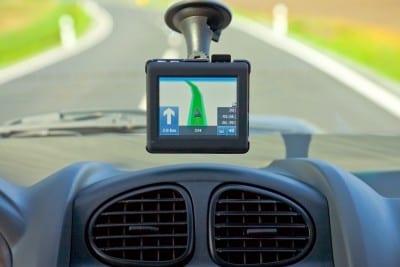Technology and efficiency often go hand-in-hand. Better, faster, more powerful technology allows workers to have more and more information at their fingertip, which, in turn, helps them do their jobs better and faster. Field Technologies Online takes a look at the essential tools companies need to increase efficiency in their field service operations.
Whether in harsh environments, such as remote rural locations, or less hostile environments, such as homes, service and sales organizations face common process
improvement objectives. These objectives include the automation of paper-based tasks, optimizing worker assignments and asset uptime to achieve service level agreement (SLA) compliance, and increasing revenue through up-selling and cross-selling.
 Innovation in the field of mobility technology has enabled significant improvement in mobile workforce management. The following critical technology elements can be used by sales and services organizations to achieve measurable improvement and productivity gains:
Innovation in the field of mobility technology has enabled significant improvement in mobile workforce management. The following critical technology elements can be used by sales and services organizations to achieve measurable improvement and productivity gains:
Real-time data for decision support enables enhanced efficiency and productivity, faster customer response times, and a higher level of customer satisfaction. Mobile workers must be equipped with mobile computers that provide instant access to each customer’s order history, service records, and product service history, as well as inventory technical data and the ability to be directed to the next appointment or task without manual intervention.
Intelligent worker routing is a business necessity to ensure sales and service organizations are optimizing their mobile assets and providing first-class customer service. Leveraging GPS integration allows solutions providers to identify the current location of a field worker, asset, or vehicle; identify the closest technician or sales agent for an appointment; and factor in a worker’s current location when scheduling the next appointment.
Instant remote worker communication at the press of a button (push to talk) is a productivity-boosting function. Supervisors can instantly speak to a group of workers in a particular location or geography to inform them of traffic issues, incidents, or specific task-related instructions, eliminating the wasted time associated with dialing up multiple address book entries. This capability leads to greater workforce efficiencies and reduced operational costs.
Simple capture of inventory data provides one of the major benefits commonly cited for field mobility investments — improved inventory accuracy. High inventory levels are a cost to any business in terms of tying up capital and potential depreciation. Simple capture of inventory data through quick and easy bar code scanning ensures inventory usage is recorded immediately at the source, driving proper replenishment and billing.
Mobile device reliability. Mobile computers deployed in workforce management applications must be designed for years of dependability. Enterprises using fit-for-purpose rugged and semirugged devices benefit from the reliability offered in hot, cold, and wet environments and protection against the inevitable hard knocks, leading to a lower total cost of ownership. Also, battery life that lasts for an entire shift of 8 hours or more is imperative, resulting in improved productivity and lower charging equipment and spare battery costs.
Ergonomics. A user-friendly form factor is critical to keeping employees productive. Specifically, a light-weight, well-balanced device that allows single-handed operation is ideal for mobile workers. Additional features, such as an integrated finger saddle and an angled bar code imager, optimize wrist posture and reduce fatigue and stress, while increasing the speed of data capture.
High-quality imaging. Mobile computers that incor- porate the latest in imaging technology allow field operatives to capture high-quality images and video of products, assets, work sites, or postjob site cleanup. Aside from providing “proof of” confirmation, images and video can be used to train employees and demonstrate product features during up-sell opportunities.
Remote mobile estate device management allows IT administrators to manage all mobile computers within their network from any single remote location. Independent research indicates that the use of a remote device management (RDM) solution can reduce the total cost of ownership by as much as 83%, saving over $1,100 per device over a typical five-year life cycle.
Sales and service organizations that leverage the outlined critical technology elements are able to differentiate themselves from the competition, leading to increased customer satisfaction and profitability.

Share this: